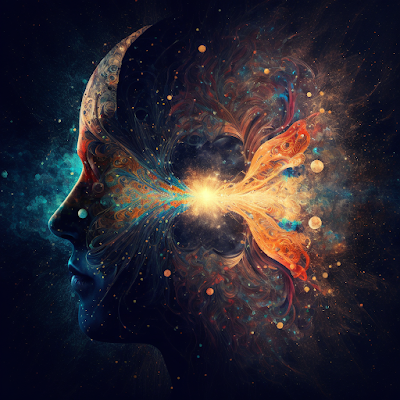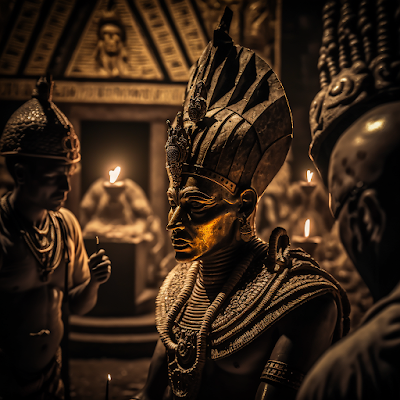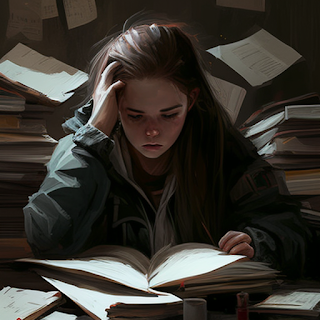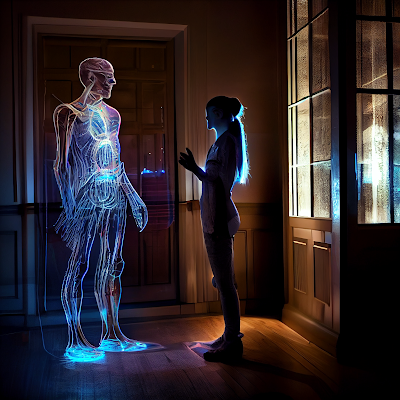The bottom of a black hole: What secrets does it hold?
Introduction
The
concept of black holes has been the subject of fascination and curiosity for
centuries. Black holes are known for their intense gravitational pull, which
can even trap light. Scientists have been trying to answer the question of what
lies at the bottom of a black hole for decades. This article aims to explore
the various theories and ideas regarding the bottom of a black hole and provide
a comprehensive understanding of this enigmatic phenomenon.
What is a Black Hole?
A black hole
is a region of space with an incredibly powerful gravitational pull that even
light cannot escape from it. The boundary around a black hole from which nothing
can escape is known as the event horizon. Anything that crosses the event
horizon is considered to be inside the black hole.
What is the Singularity?
The center
of a black hole is known as the singularity, and it is where the laws of
physics as we know them break down. The singularity is a point in space where
the density and gravitational pull are infinite, and the laws of physics,
including the laws of general relativity, are no longer applicable.
Theories about the Bottom of a Black
Hole
Wormhole Theory
One of the
theories about the bottom of a black hole suggests that the singularity is a
wormhole, which is a tunnel through space-time that connects one point in the
universe to another. This theory proposes that the bottom of a black hole could
be a gateway to another universe or a different dimension.
White Hole Theory
Another
theory is that the singularity is a "white hole." This is the
opposite of a black hole, a place where matter and energy can only come out,
but cannot go in. This theory suggests that the black hole is a one-way passage
from our universe to another, and that the singularity is the exit point to
that universe.
Laws of Physics Breakdown Theory
The most
widely accepted theory, however, is that the singularity is a point where the
laws of physics as we know them break down, and that the density and gravitational
pull are infinite. This theory suggests that the bottom of a black hole is a
place where our current understanding of the universe is no longer applicable.
Observing the Singularity
Despite
ongoing research, scientists have not yet been able to observe the singularity
directly, as it is hidden behind the event horizon. However, scientists are
able to study the effects of black holes on their surroundings, such as the
intense gravitational pull and the radiation emitted by the accretion disk.
Conclusion
In
conclusion, the bottom of a black hole is still a topic of ongoing research and
debate among scientists. While some theories propose that there may be a portal
to another universe or a different dimension, the most widely accepted theory
is that the singularity is a point where the laws of physics as we know them
break down and the density and gravitational pull are infinite. Despite ongoing
research, scientists have not yet been able to observe the singularity
directly, as it is hidden behind the event horizon. Black holes remain one of
the most intriguing and mysterious phenomena in the universe, and further
research is essential to unlock the secrets of the universe.














Comments
Post a Comment